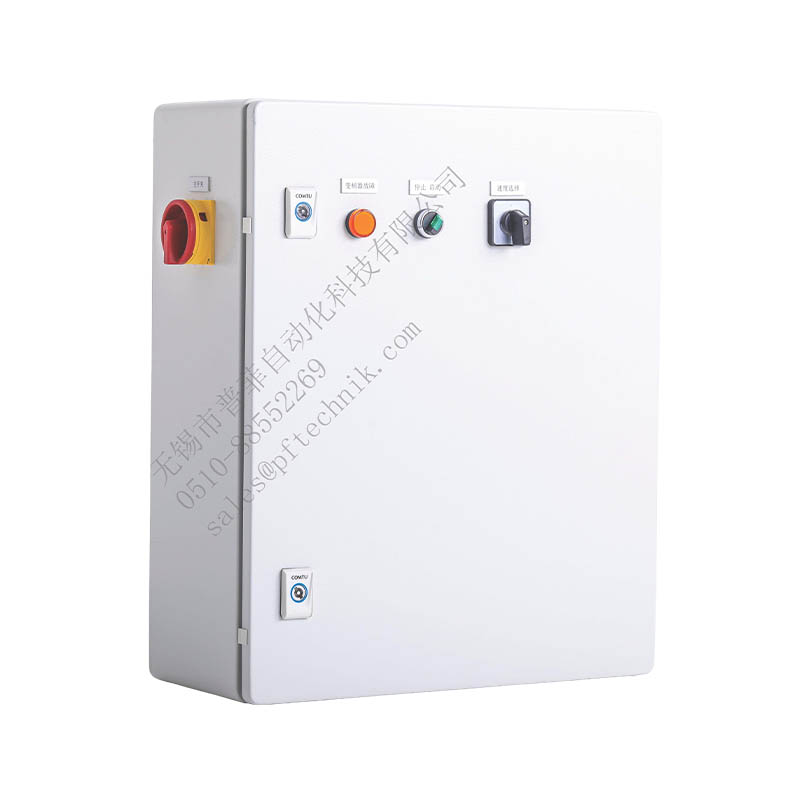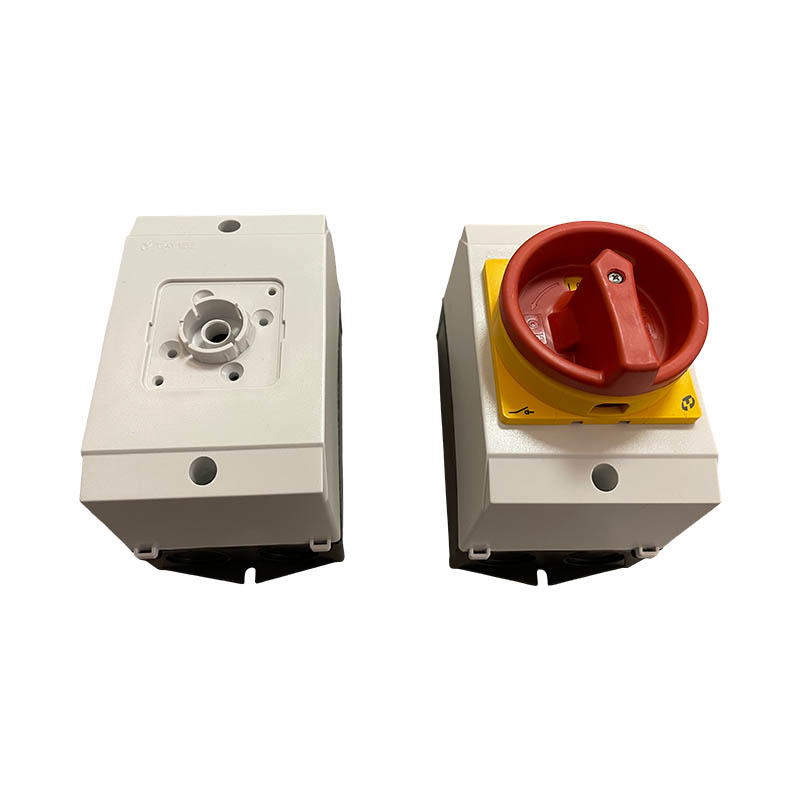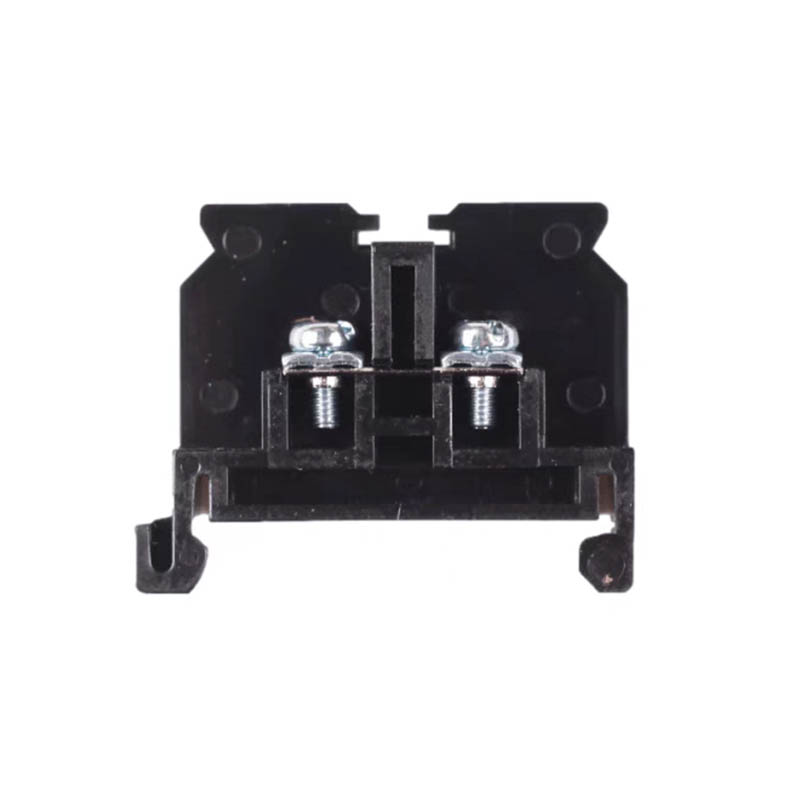Does the electric control cabinet isolating strong and weak currents help reduce signal interference and ensure stable operation of equipment?
Release Time : 2025-08-18
Electric control cabinets significantly reduce signal interference and ensure stable equipment operation by isolating high-voltage and low-voltage circuits. In electrical systems, high-voltage circuits (such as power supplies and motor drives) generate significant electromagnetic radiation and harmonic interference during operation, while low-voltage circuits (such as control signals and sensor data transmission) are extremely sensitive to this interference. If high-voltage and low-voltage circuits are intermingled, interference signals generated by the high-voltage circuits can easily intrude into the low-voltage circuits, causing distortion, bit errors, or interruptions in the low-voltage signals, directly impacting the control accuracy and response speed of the equipment. Electric control cabinets employ physical separation and shielding to isolate high-voltage and low-voltage circuits in separate areas, spatially cutting off interference propagation paths and effectively reducing interference signal coupling.
This isolation design reduces the impact of transient interference from high-voltage circuits on the low-voltage system. When high-voltage equipment starts, stops, or undergoes load changes, it generates instantaneous voltage fluctuations and current surges, resulting in strong transient interference. If this interference is transmitted to the low-voltage circuits, it can cause malfunctions in control chips, data acquisition errors, or even permanent damage to low-voltage components. Electric control cabinets utilize dedicated cable trays, isolation transformers, and filtering components to attenuate and absorb transient interference from high-voltage power lines, preventing it from entering weak-voltage areas. This ensures stable operation of weak-voltage systems and reduces the risk of equipment malfunctions caused by transient interference.
Isolating high-voltage and weak-voltage power lines also improves weak-voltage signal transmission quality, ensuring accurate execution of control commands. In industrial automation systems, weak-voltage signals often carry critical control commands and status feedback information, and signal integrity directly impacts equipment operational accuracy. When high-voltage and weak-voltage power lines are not effectively isolated, electromagnetic interference generated by the high-voltage power lines can superimpose noise on weak-voltage signals, making signal recognition difficult. Electric control cabinets utilize isolation measures such as metal partitions and shielded cables to reduce the electromagnetic coupling coefficient between high-voltage and weak-voltage power lines, ensuring clear and stable weak-voltage signal transmission, ensuring accurate delivery of control commands to actuators, and minimizing equipment operational deviations caused by signal distortion.
For systems containing precision measurement and sensing components, high-voltage and weak-voltage isolation can significantly improve data acquisition accuracy. The signals output by weak current devices such as sensors and transmitters are typically weak and susceptible to interference. Strong current interference can cause significant errors in measured data, impacting the system's monitoring and control functions. Electric control cabinets strictly separate strong current devices from the weak current circuits of sensor elements, minimizing the impact of interference on measurement signals. This ensures that collected data more accurately reflects the equipment's operating status, providing a reliable basis for precise system control and fault diagnosis, and avoiding misjudgments and erroneous operations caused by data distortion.
The strong and weak current isolation design of electric control cabinets also enhances the system's anti-interference stability and reduces the impact of environmental factors. Industrial sites present complex electromagnetic environments, where electromagnetic radiation from various devices interacts with each other. If strong and weak current circuits are not isolated, interference can easily accumulate. Through a rational internal layout and shielding design, electric control cabinets create separate strong and weak current zones, creating a relatively closed, anti-interference environment for the weak current system. This reduces the dual impact of external electromagnetic radiation and internal strong current interference, ensuring stable equipment operation in complex electromagnetic environments and reducing the probability of downtime or failure due to interference.
Furthermore, this isolation method reduces the impact of strong current faults on the weak current system, improving overall circuit safety. When a short circuit, overload, or other fault occurs in a high-voltage circuit, if it is not isolated from the low-voltage circuit, it can affect the low-voltage system through common grounding and line coupling, leading to control failure or damage to low-voltage components. The isolation design of the electric control cabinet ensures the relative independence of the high-voltage and low-voltage systems. This effectively limits the scope of a high-voltage fault, preventing it from affecting the low-voltage system, ensuring the proper functioning of the control circuit, buying time for troubleshooting and system recovery, and minimizing losses.
Finally, long-term, stable isolation between high-voltage and low-voltage circuits can extend equipment life and reduce maintenance costs. Continuous interference accelerates the aging of low-voltage components and reduces equipment performance stability. The electric control cabinet's effective isolation reduces the impact of interference on the low-voltage system, slowing component aging and ensuring long-term optimal operation. This reduces the frequency of repairs and replacements due to premature component failure, improving equipment cost-effectiveness and reliability over the long term.







